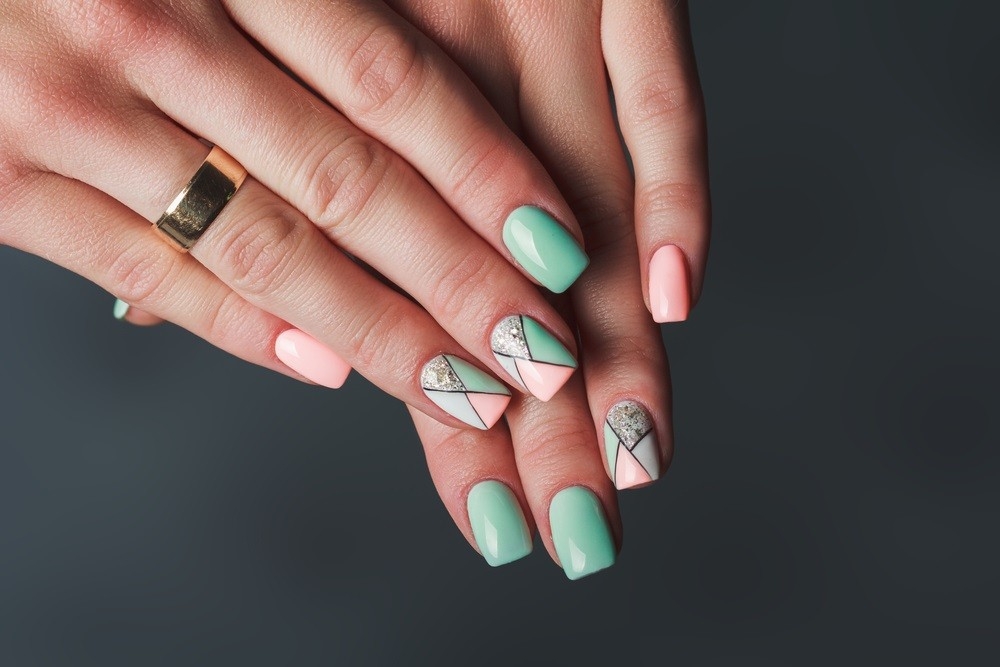Contents

Your customers could have noticed certain acrylics and been curious about their durability. There are some layers to this subject, but only a few, such as an onion or an ogre.
The correct acrylic application requires patience and commitment, but there are other requirements for a complete set that lasts for a long time. It takes some TLC from your client if they want to change their natural nail appearance for something fancier.
One of the most durable solutions for nail improvement is acrylic. They offer a strong and fashionable alternative to the conventional polish manicure. Choose an entire set of acrylic nails.
Clients should come in every two to three weeks for fill to accommodate the growth of their natural nails and maintain the freshness of their manicures. A complete set should endure for roughly four to six months or six to eight weeks. After eight weeks, please remove them and perform at a new site. Encourage your clients to schedule their appointments in advance so they always remember to get a fill and can receive new upgrades regularly. With Maby, you can take the initiative in everything. Proper nail care with Maby blog.
How do acrylics help you keep your nails healthy?
Your nails will be healthier and last longer with more excellent care, so take good care of them. Giving acrylics the proper care is essential to preventing nail damage. Tell your clients, for instance, to routinely wash and thoroughly dry their hands. This stops the formation of fungus since nobody wants their nails to smell or look like they survived a zombie apocalypse!
Keep your nails healthy: inside and out
Nails, believe it or not, derive their nutrition from within the body.
The same nutrients that keep your hair strong, skin healthy, and brain happy also maintain your nails firm. A well-balanced diet will give your body the nutrients and minerals required to grow strong, healthy nails.
Biotin, a B vitamin found naturally in foods such as salmon, beans, and eggs, aids the health of your hair, skin, and nails by supporting the nervous system.
Hydration: If people do not drink enough water, their nails can become brittle. Brittle nails are more prone to cracking, peeling, and breaking. So here’s another reminder to post a sticky note on your monitor to remind you to stay hydrated throughout the day!
Iron: We know oxygen, obtained from the blood internally, is necessary for strong nails. Additionally, oxygen cannot reach your cells in sufficient amounts without iron. Beef, poultry, fish, eggs, and plant foods, including leafy greens, nuts, seeds, and beans, are all sources of iron for your body.
It is a fantastic idea to add more items from the list above to their regular diet or take any of these vitamins as an over-the-counter supplement.
Do acrylics make natural nails soft?
After removing complex gel polishes or acrylic sets, your client’s nails may feel soft or flexible, but this is not due to the product itself. Moisture and oils produced by our bodies naturally flow from the nail bed to the nail plate, strengthening and hardening the nails. When the nail is covered in product, the moisturizing rate is reduced to 10%-15% of what it would be otherwise.
When the barrier is removed in as little as 12 hours, this moisture naturally increases and spreads to the nail bed and plate. However, this is fine if your client keeps their nails polished or their acrylics filled.
How to avoid fungus with acrylics?
The truth is that mold hardly seldom appears on nails. If mold exists, it will seem brown or black, not green. If you notice green, it is most likely caused by germs (versus a fungus). This bacterium is known as “pseudomonas.” It can happen to anyone’s nails, regardless of whether they use nail enhancements. All it takes is for water to get underneath the nail and irritate the skin.
Bacteria growth
Assume a nail technician uses instruments that haven’t been adequately sanitized and may have bacteria on them, and this bacteria gets into the natural nail plate before putting the acrylics. This situation generates an oxygen-free environment in which pseudomonas bacteria grow, turning the nails into a living petri dish.
The nail technician must remove the augmentation, cut, clean, and disinfect the nail to destroy the bacteria.
If the situation is complex, the nail technician should always advise the client to see a doctor and be treated with antibiotics or antifungal cream, as prescribed by the doctor.
Risk factors
That impermeable connection between a nail and the skin is broken when a nail lifts or separates abnormally from the nail bed. As a result, the area is an excellent entry site for bacteria and is easily covered in dirt and residues.
Their line of work may influence your client’s likelihood of contracting an infection. People who work with their hands in moist conditions or are frequently submerged in water are particularly vulnerable. These include gardeners, janitors, cooks, dishwashers, homemakers, healthcare workers, and bartenders.
Your client is in danger if their employment frequently demands them to work with damp hands. If your client has trouble doing this, advise them to wear gloves or keep a hand towel on hand at all times for quick drying.
How to care for damaged nails?
We all adore our complete sets and how they quickly improve our appearances. The charm of acrylics is the personality they add, whether your client like them long or short, coffin-shaped or oval, blue or neon green.
Clients might have damaged natural nails when it’s time to remove them. This can happen for several reasons that, while avoidable, do occasionally occur. When they do, you can be ready to advise your customers on how to fix their nails.
Not exactly interrogation-proof, nails. They break when under strain. Because of this, it’s crucial to monitor nail health before enhancements and to apply them carefully.
Keep in mind that you are entrusting the health of your clients’ natural nails to you when you apply acrylic. To preserve the integrity of the natural nail, you must follow the proper procedures and take your time.
Ineffective application or poor nail health before enhancements might lead to damaged nails. Despite how awful it may appear, there are ways to fix it. Here are some tips from the best in the business if a customer shows up with broken nails. that’s why, you should never again do to your nails.
Temporarily use regular or gel polish
Acrylic nails are more rigid than your typical gel manicure, which can provide damaged nails with a much-needed break. Encourage a client with broken nails to choose a gel manicure instead of their standard complete set so they have time to heal.
Treatments
If you had taken a set off a client’s nails and found damage underneath, you might have thought of treatments right away. Several simple treatments for dry, damaged nails might help them get healthier.
